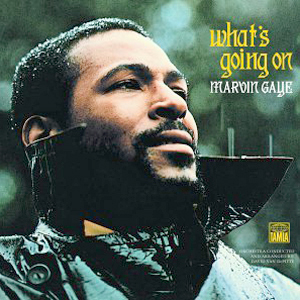
This week, I’ve been listening to Portishead’s debut album “Dummy” from 1994. I remember how excitingly unusual and new this album sounded when I was 17 years old. This combination of goth, hip hop and jazz came from another world; that dark alien digital world was filled with the smoke and fog of human emotion. In this world, Nine Inch Nails were the rock n roll and Portishead were the jazz-soul. This was my and much of the world’s introduction to the trip-hop genre, though I don’t think the name existed yet. While I spent more time listening to Nine Inch Nails, I definitely enjoyed Portishead as well. I seem to have lost touch with most of these songs over time, only really remember a few of them; It was good to spend a week revisiting, even though I didn’t love it as much as I used to.
Sour Times
The second track, “Sour Times,” provides a great example of what Portishead is about. They built the accompaniment around samples of a late 1960s crime-noir jazz piece “Danube Incident” by Lalo Schifrin. Over of this, they have layered organic instruments and synths emphasizing elements of the original score. Beth Gibbons sings about longing for a former lover who has since gotten married to another.
Cause nobody loves me, it’s true
Not like you do
There’s an unusual instrument rises and falls from the back to the front. More percussive than melodic. ; it makes me think of Tibetan prayer wheels, even though they sound nothing like this. It’s quite possibly a cimbalom, which they’ve played in a jangly sinister way. There was something similar in the Schifrin song that sounds more like a plucked violin, or piano strings. It gives the track an non-specific ethnic feel, like some far away culture.
Numb
I love the scratching of Ray Charles’s “I’ve Got a Woman” throughout Portishead’s “Numb.” The track showcases some very good performance and songwriting, but it’s the use of a turntable that pushes the song into something fantastic. They use some traditional hip-hop techniques in a more languid broken-hearted way. The original melody gets chopped up slowly, pitches descend, as the heart gives out. This produces a far-off and lonely atmosphere with an instrument normally used for excitement and energy.
Glory Box
The greatest track on the album is definitely “Glory Box.” It rightly closes out the album, sounding like the end-credits of a sci-fi noir film. Portishead built the backing music mostly from “Ike’s Rap 2” by Isaac Hayes. As with other songs, they add their own instrumentation to emphasize or change elements of the original song.
An unfortunate thing that happens throughout this album becomes most apparent to me in this song: the use of samples locks them into a key and especially with a chord progression. Where this has always bother me is the end of “Glory Box.” There’s a bridge where the character of the song changes, a break-down. Then the song returns back to where it was. Had they been using all original instruments, I suspect they would’ve opted for a key-change at the end.
Give me a reason to love you
Give me a reason to be a woman
I just wanna be a woman



